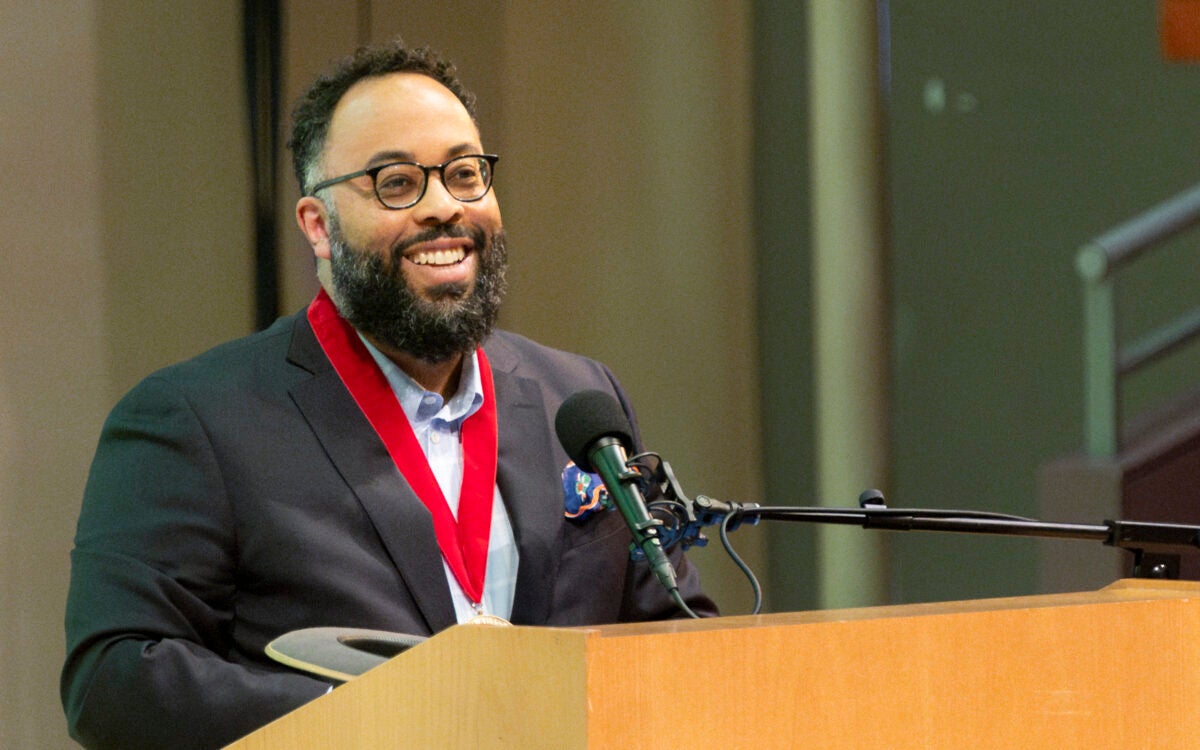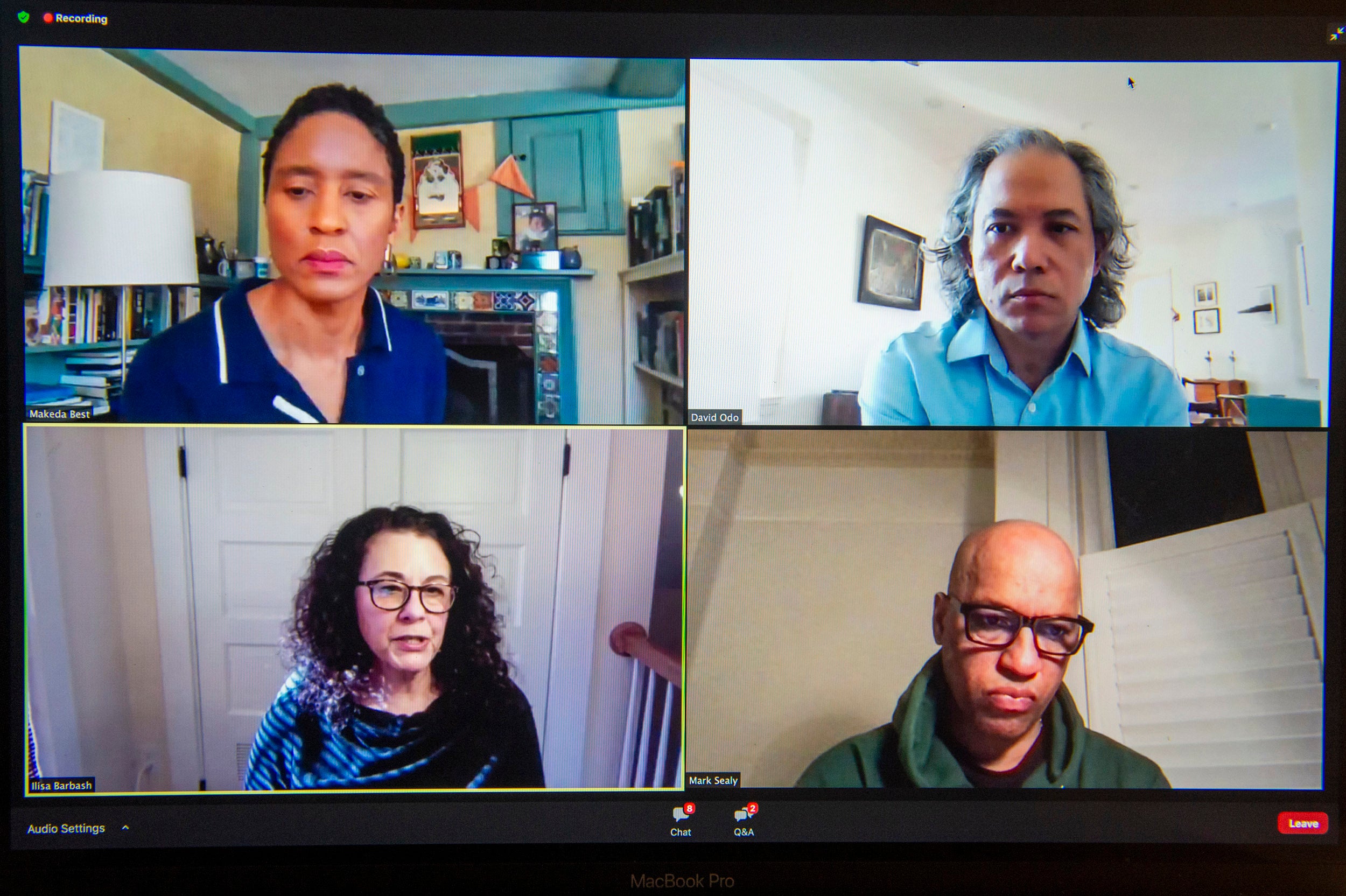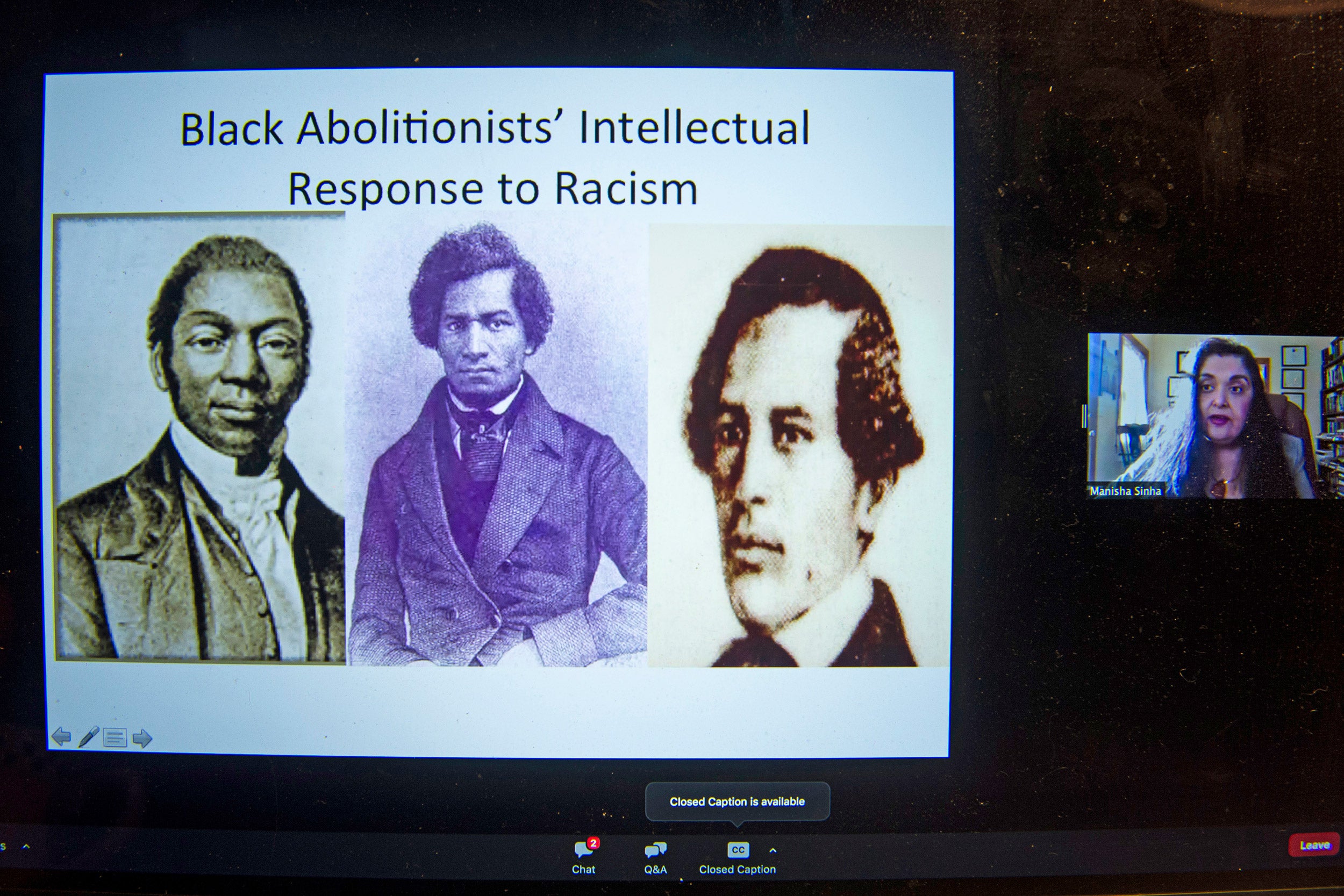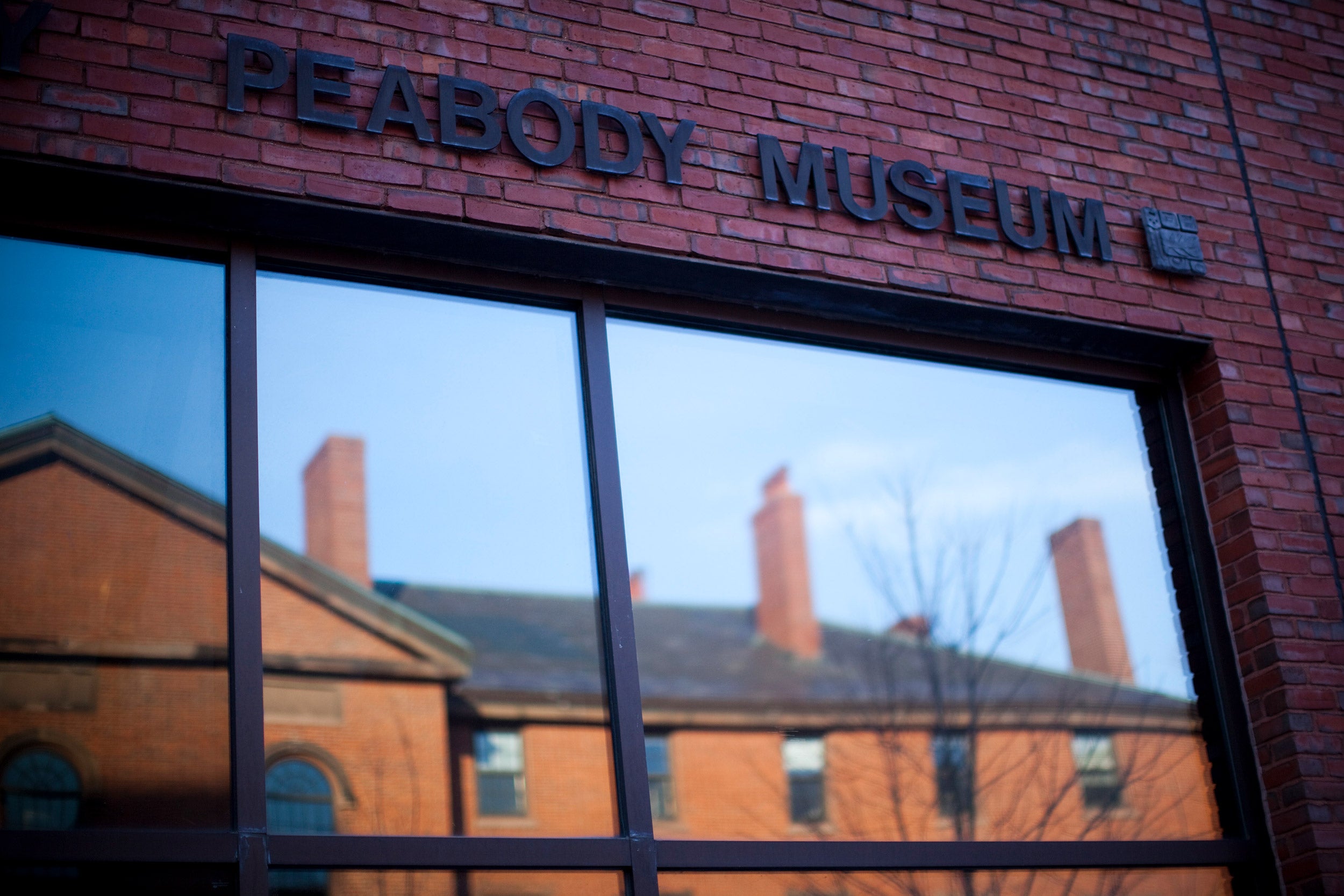Agassiz’s other photographs tell a global tale of scientific racism
Brazilian images of people of various races, though less well-known than the Zealy collection of the enslaved, bear powerful witness
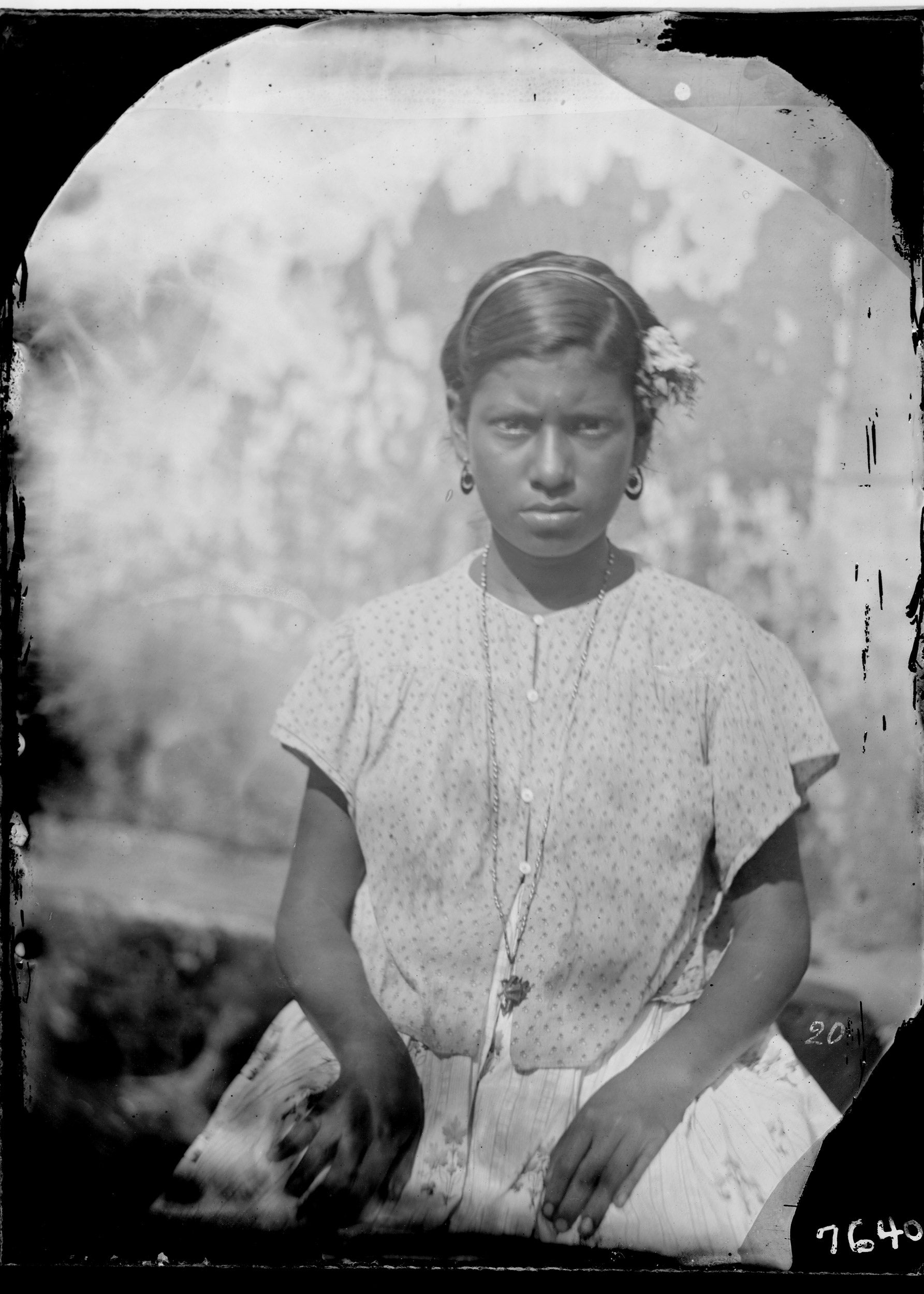
An unnamed Brazilian woman photographed by Walter Hunnewell, 1865. Commissioned by Professor Louis Agassiz.
Courtesy of the Peabody Museum of Archaeology and Ethnology
Since their discovery in 1976 by staff at the Peabody Museum of Archaeology and Ethnology, images depicting enslaved people of African descent — commissioned in 1850 by Harvard Professor Louis Agassiz as a way to prove biological racial difference — have been at the forefront of national debate over how to reckon with legacies of racism and slavery in America’s premier academic institutions and museums.
The so-called Zealy daguerreotypes, named for South Carolina photographer J.T. Zealy, who took the pictures, are believed to be the oldest known photographs of enslaved people, but they were not the only racist images Agassiz commissioned. In 1865, he traveled to Brazil to create a photographic catalog of people of different races as anatomic evidence in support of his beliefs.
On Thursday, a group of scholars, artists, and curators from Brazil and the U.S. will reflect on these lesser-known images during a panel discussion called “Race, Representation, and Agassiz’s Brazilian Fantasy” hosted by the Peabody Museum. The group will examine the historical moment of the creation of the pictures, depictions of Indigenous people in Brazil and the Americas, and ways to reckon with such images today and in the future.
More like this
For Agassiz, “This was the place where, by taking pictures of humans of different races, he would find conclusive proof that Charles Darwin was wrong — that nature didn’t cross the boundaries definitively drawn by God and that, when it apparently did, the results were weak, inferior to the Caucasian norm,” wrote Christoph Irmscher, director of the Wells Scholars Program and Provost Professor of English at Indiana University, in a piece in the 2020 collection “To Make Their Own Way in the World: The Enduring Legacy of the Zealy Daguerreotypes,” edited by Molly Rogers, Deborah Willis, and Ilisa Barbash, and co-published by Aperture and Peabody Museum Press.
In the courtyard of a run-down building in Manaus, Brazil, Agassiz directed Walter Hunnewell, a Harvard graduate and volunteer collector on his research team who was not a trained photographer, to capture a series of images of men, women, and children, often unclothed. The resulting 100 or so images, also housed at the Peabody Museum, tell a more global story of scientific racism.
Panelists include Luciana Namorato, associate professor at Indiana University; Anita Ekman, a Brazilian artist and photographer; and Sandra Benites of the Guaraní Ñandeva people, the first Indigenous adjunct curator of Brazilian art at the Assis Chateaubriand São Paulo Art Museum.
The inclusion of experts beyond the academy offers an opportunity to understand the intertwined roles of art, science, and history in the creation and criticism of these artifacts, said Alejandro de la Fuente, the panel moderator.
“Artists are protagonists in this process of knowledge production, both as producers of images and as people who are uniquely well-prepared to then analyze these visual corpuses,” said de la Fuente, who is the Robert Woods Bliss Professor of Latin American History and Economics, professor of African and African American studies and of history, and director of the Afro-Latin American Research Institute at the Hutchins Center for African and African American Research.
“This event is one of the many efforts to reexamine Harvard’s connection with the production of knowledge concerning race. It also shows us how deep the connections are between Harvard and Latin America, and how central Latin America has also been to the production of racial knowledge in the Americas,” he added. “These are issues that connect with broader histories of slavery across the Americas, and in that context, reexamining the past — including our own past as an institution — becomes urgent.”
Irmscher emphasized the importance of examining the cultural and scientific context of Agassiz’s Brazil project, and said it represented a period of diminished influence for the professor of natural history.
“At that point in his career, he was not holding on well academically, as far as the science was concerned, and it would have been quite clear even to him that he was not going to survive Charles Darwin’s attacks on his static view of natural history,” he said. “When he came back from Brazil, he was on the defensive and preoccupied with his peers, and there wasn’t really a way forward for him. So with this collection of images we are, in a way, looking at the shattering of his career.”
Irmscher said that while it is difficult and upsetting to view the Brazil photographs, particularly considering why Agassiz wanted them done, it is also important to critically assess them to ensure that the racist views expressed by Agassiz are not repeated.
“These images show us how science was complicit in racism in the 19th century,” he said. “This is part of a legacy that is still with us today. And so one can argue that these images have an important role in helping us untangle historical continuities.”
“Science has long been considered a form of knowledge that is supposed to be neutral, and one of the most important things that an event like this does is allow us to examine how central science and scientific knowledge has been in the production of racial difference and discourses of racial stratification, differentiation, and inferiority,” added de la Fuente. “We need to develop a certain degree of skepticism and use critical tools to analyze these forms of knowledge. It’s very important if we want to advance in the project of dismantling racism.”
Register for “Race, Representation, and Agassiz’s Brazilian Fantasy.”
